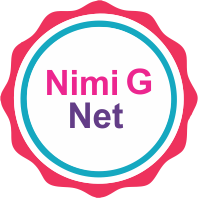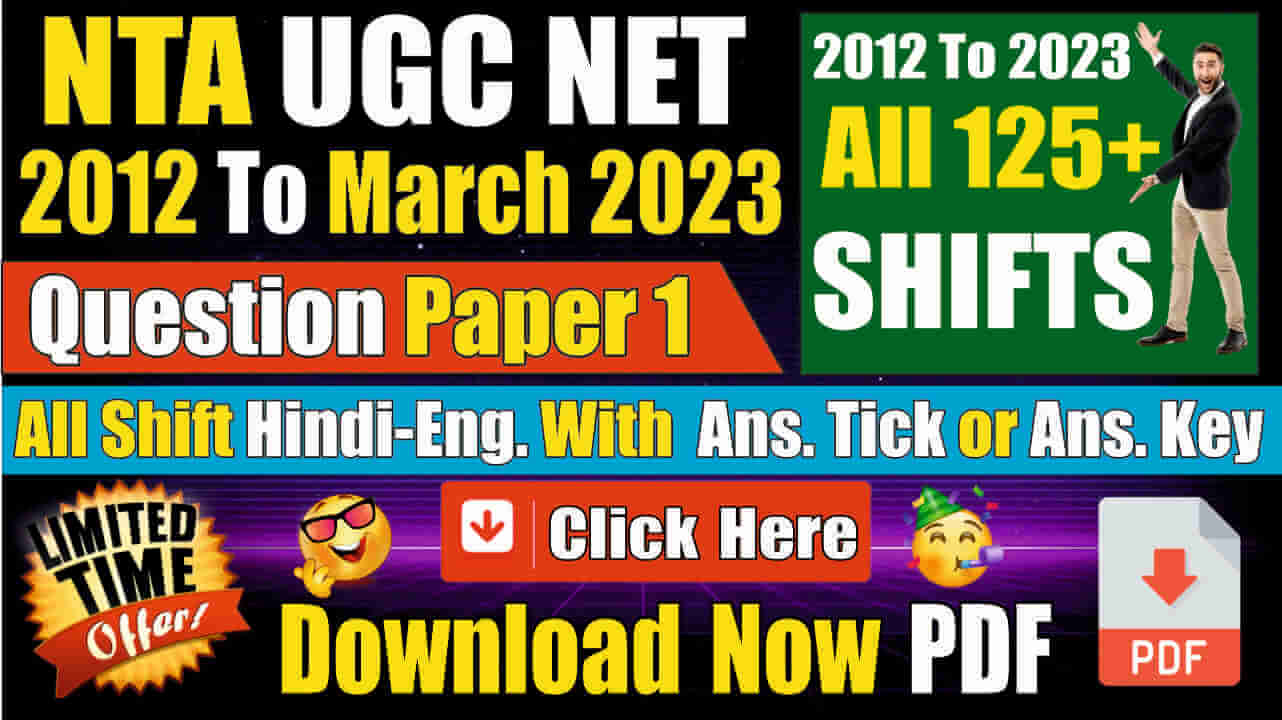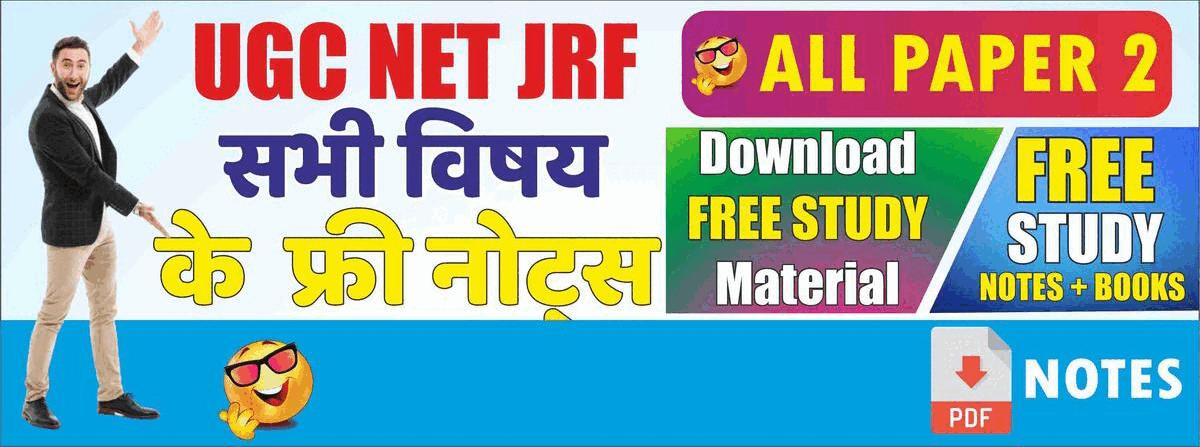Are you searching for the UGC NET Mass Communication and Journalism Syllabus 2023 PDF Download? Look no further, as we have compiled all the important details and tips to help you prepare for the exam.
The UGC NET Mass Communication and Journalism exam is conducted by the National Testing Agency (NTA) for candidates who wish to pursue a career in the field of Mass Communication and Journalism. The exam assesses the candidates’ knowledge in the subject and tests their eligibility for lectureship and research fellowships.
If you are planning to appear for the UGC NET Mass Communication and Journalism 2023 exam, it is important to have a thorough understanding of the syllabus and exam pattern. In this article, we have compiled all the important information you need to know about the UGC NET Mass Communication and Journalism Syllabus 2023 PDF Download
UGC NET Mass Communication and Journalism Exam Pattern 2023:
The UGC NET Mass Communication and Journalism exam consists of two papers – Paper 1 and Paper 2. Both papers are conducted on the same day, and the duration of each paper is 3 hours. The exam is conducted online, and each question carries 2 marks. There is no negative marking for incorrect answers.
The UGC NET Mass Communication and Journalism Exam consists of two papers: Paper 1 and Paper 2.
Paper 1:
- Duration: 3 hours
- Number of questions: 50
- Total marks: 100
- Type of questions: Multiple Choice Questions (MCQs) based on general aptitude, teaching and research aptitude, and current affairs.
Paper 2:
- Duration: 3 hours
- Number of questions: 100
- Total marks: 200
- Type of questions: MCQs based on Mass Communication and Journalism subjects.
Both papers are conducted in a single session with no break in between. The candidates are required to appear for both papers to be considered for the selection process.
It’s important to note that there is no negative marking for incorrect answers in UGC NET Mass Communication and Journalism Exam.
UGC NET Mass Communication and Journalism Syllabus 2023: Download PDF
The UGC NET Mass Communication and Journalism syllabus is divided into two parts – Paper 1 and Paper 2. Here’s a detailed syllabus for both papers.
Paper 1 Syllabus:
Teaching Aptitude:
- Teaching: Nature, objectives, characteristics, and basic requirements.
- Learner’s characteristics: Characteristics of adolescent and adult learners, and individual differences.
- Methods of teaching: Teacher-centered vs. learner-centered methods; Off-line vs. online methods.
- Evaluation systems: Elements and types of evaluation, evaluation in higher education, and grading system.
Research Aptitude:
- Research: Meaning, types, and characteristics.
- Steps of research.
- Methods of research.
- Research Ethics.
Reading Comprehension:
- Comprehension passages.
Communication:
- Communication: Nature, characteristics, types, barriers, and effective communication.
- Verbal and non-verbal communication.
- Classroom communication.
Logical Reasoning:
- Understanding the structure of arguments.
- Evaluating and distinguishing deductive and inductive reasoning.
- Verbal analogies.
Data Interpretation:
- Sources, acquisition, and interpretation of data.
- Quantitative and qualitative data.
- Graphical representation and mapping of data.
Paper 2 Syllabus:
Nta Ugc Net Mass Communication and Journalism Syllabus 2023 in English
Unit – 1
Introduction to Journalism and Mass Communication
a. Concept of Journalism and mass communication, mass communication in India.
b. History, growth and development of print and electronic media. Major landmarks in print
and electronic media in Indian languages. Media’s role in formulation of states of India.
c. Media criticism and media literacy, Press Council and Press Commissions of India, status of journalism and media education in India. Media policies of the Government of India since Independence.
d. Models and theories of mass communication, normative theories, administrative and critical traditions in communication, media and journalism studies, communication and theories of socio-cultural, educational and agricultural change. Technological determinism, critique of Marshall McLuhan’s views on media and communication and Marxist approaches. Information and knowledge societies.
e. Indian traditions and approaches to communication from the Vedic era to the 21st century. Western and Eastern philosophical, ethical and aesthetic perceptions of communication – Aristotle and Plato, Hindu, Buddhist, and Islamic traditions.
f. Media and culture – framework for understanding culture in a globalised world.
Globalisation with respect to politico-economic & socio-cultural developments in India.
Unit – 2
Communication for Development and Social Change
a. Concept and definition of development communication, role of media and journalism in society, characteristics of Indian society – demographic and sociological impact of communication, media and journalism. Media and specific audiences.
b. Development and social change. Issues and post-colonial conceptions.
c. Deconstruction of dominant paradigm of communication and development. Responses and
critique of dominant models.
d. Corporatisation of development – Corporate Social Responsibility, non-state actors in development, mass campaigns by NGOs, Government of India, international agencies and corporates. Paradigms and discourse of development communication.
e. Emergence of global civil societies, public sphere, global communication system – nation
state-universal, national communication policies.
f. Leading influencers of social reform in India – Raja Rammohan Roy, Pandit Madanmohan Malviya, Bal Gangadhar Tilak, Mahatma Jyotiba Phule, Mahatma Gandhi, Acharya Vinoba Bhave, Dr B. R. Ambedkar, Deendayal Upadhyay, Dr Ram Manohar Lohia etc.
Unit – 3
Reporting and Editing
a. News-concepts, determinants (values), structure and perspectives. Reporting for print,
radio, television and digital media. Types of reporting. National and international news agencies and feature syndicates, functions and role.
b. Writing for print, electronic and digital news media. Translation and transcreation.
c. Editing and presentation techniques for print, television and digital media.
d. Journalism as profession, reportage of contemporary issues, ethics of reporting.
e. Critique of western news values, effect of new technology on global communication flows.
f. Niche Reporting.
Unit – 4
Advertising and Marketing Communication
a. Definition, concept, functions, types, evolution of advertising, standards and ethics in
advertising. Theories and models of communication in advertising.
b. Brand management.
c. Advertising management – agency-role, structure and function, client-agency relationship,
media planning and budgeting.
d. Advertising and creativity, language and translation.
e. Advertising campaign and marketing.
f. Advertising and marketing research.
Unit – 5
Public Relations and Corporate Communication
a. Public Relations and Corporate Communication – definition, concept and scope.
b. Structure of PR in State, Public, Private and non-government sectors.
c. Tools and techniques of PR and Corporate Communication.
d. Crisis communication and crisis communication management.
e. Ethics of Public Relations.
f. International Public Relations, communication audit.
Unit – 6
Media Laws and Ethics
a. Concept of law and ethics in India and rest of the world.
b. The Constitution of India, historical evolution, relevance.
c. Concept of freedom of speech and expression in Indian Constitution.
d. Defamation, Libel, Slander-IPC 499-502, Sedition IPC 124(A), Contempt of Courts Act 1971, Official Secrets Act 1923, Press and Registration of Books Act 1867, Working Journalists and other Newspaper Employees (Conditions of Service) and Miscellaneous Provisions Act 1955, Wage Boards, Law of Obscenity (Section 292-294 of IPC); the Miller test, the Hicklin test, Indecent Representation of Women (Prohibition) Act 1986, Scheduled Castes and Tribes (Prevention of Atrocities) Act, 1989, Parliamentary Privileges. Famous cases involving journalists and news media organisations.
e. Right to Information Act 2005, Copyright Act 1957, Intellectual Property Rights, Cable Television Network (Regulation) Act 1995, Information Technology Act (relevant) 2000 and cyber laws, Cinematograph Act 1952, Film Censorship, Press Council Act as amended from time to time, IPR, ASCI, Drugs and Magic Remedies (Objectionable Advertisements) Act, 1954, Various regulatory bodies for print, TV, Advertising, PR, and Internet.
f. Rules, regulations and guidelines for the media as recommended by Press Council of India, Information and Broadcasting ministry and other professional organisations, adversarial role of the media, human rights and media.
Unit – 7
Media Management and Production
a. Definition, concept of media management. Grammar of electronic media.
b. Communication design theories and practice.
c. Media production techniques – print and electronic.
d. Digital media production techniques.
e. Economics and commerce of mass media in India.
f. Principles and management in media industry post liberalisation.
Unit – 8
ICT and Media
a. ICT and media – definition, characteristics and role. Effect of computer mediated
communication. Impact of ICT on mass media. Digitisation.
b. Social networking.
c. Economics and commerce of web enabled media.
d. Mobile adaption and new generation telephony by media, ethics and new media.
e. ICT in education and development in India, online media and e-governance.
f. Animation – concepts and techniques.
Unit – 9
Film and Visual Communication
a. Film and television theory.
b. Film and identity in Indian film studies, leading film directors of India before and after
Independence. Indian cinema in the 21st century.
c. Approaches to analysis of Indian television.
d. Visual Communication. Visual analysis.
e. Basics of film language and aesthetics, the dominant film paradigm, evolution of Indian cinema-commercial and ‘non-commercial’ genres, the Hindi film song, Indian aesthetics and poetics (the theory of Rasa and Dhvani).
f. National cinema movements: Soviet Montage cinema, German Expressionistic cinema, Italian Neo-Realistic cinema, French New Wave cinema, British New Wave cinema, Indian New Wave cinema, Period cinema. Cinema in the new millennium.
Unit – 10
Communication Research
a. Definition, concept, constructs and approaches to communication research process.
b. Research Designs – types, structure, components, classical, experimental and quasi experimental, variables and hypotheses; types and methods of research; basic, applied, descriptive, analytical, historical, case study, longitudinal studies.
c. Research in journalism, Public Relations, advertising, cinema, animation and graphics, television, Internet, social media practices, magazines, children’s media. Communication, journalism and media research in India.
d. Levels of measurement: sampling-probability and non-probability, tests of validity and reliability, scaling techniques. Methods and tools of data collection-interviews, surveys, case studies, obtrusive and non-obtrusive techniques, ethnography, schedule, questionnaire, dairy, and internet based tools, media specific methods such as exit polls, opinion polls, telephone, SMS surveys and voting with regard to GEC (general entertainment content).
e. Data analysis, testing, interpretation, application of statistical tests-parametric and non- parametric, tests of variance-univariate, bivariate and multivariate, tests of significance, computer mediated research.
f. Ethical considerations in communication, media and journalism research, writing research
reports, plagiarism.
Paper 2 Syllabus Download Pdf:
Ugc Net Mass Communication and Journalism Syllabus 2023 in English
Ugc Net Mass Communication and Journalism Syllabus 2023 in Hindi
Preparation Tips for UGC NET Mass Communication and Journalism Exam 2023:
Here are some tips for preparing for the UGC NET Mass Communication and Journalism exam 2023:
- Understand the syllabus and exam pattern thoroughly.
- Make a study plan
- Refer to standard textbooks and study materials recommended for the exam.
- Practice previous year question papers and mock tests.
- Focus on time management and accuracy while attempting the questions.
- Take regular breaks and maintain a healthy lifestyle to avoid burnout.
- Join coaching classes or online courses if necessary.
- Stay updated with current affairs related to the Mass Communication and Journalism field.
Important Points:
- The UGC NET Mass Communication and Journalism exam is conducted by NTA for candidates who wish to pursue a career in Mass Communication and Journalism.
- The exam assesses the candidates’ knowledge in the subject and tests their eligibility for lectureship and research fellowships.
- The exam pattern of UGC NET Mass Communication and Journalism 2023 includes multiple-choice questions and is conducted in online mode.
- The marking scheme of the exam is +2 for a correct answer and no negative marking for incorrect answers.
- The duration of the exam is 3 hours, and the number of questions is 150.
- The UGC NET Mass Communication and Journalism Syllabus 2023 PDF Download is an important document that provides a detailed outline of the topics that will be covered in the exam.
- To download the syllabus, candidates can visit the official website of NTA and click on the link provided.
- The syllabus is available in PDF format and can be downloaded for free.
- The syllabus is divided into nine units, each covering a specific topic related to Mass Communication and Journalism.
- To prepare for the exam, candidates must understand the syllabus, make a study plan, practice previous year question papers, join a coaching institute, take mock tests, and revise regularly.
FAQs:
- Is there any negative marking in the UGC NET Mass Communication and Journalism exam 2023? Ans: No, there is no negative marking for incorrect answers.
- Can I download the UGC NET Mass Communication and Journalism Syllabus 2023 PDF from the official website? Ans: Yes, the syllabus is available for download on the official website of NTA.
- What is the duration of the UGC NET Mass Communication and Journalism exam 2023? Ans: The duration of each paper is 3 hours.
Also Check:
Conclusion:
In conclusion, the UGC NET Mass Communication and Journalism exam 2023 is a crucial opportunity for aspirants who want to pursue a career in the teaching or research field. To crack the exam, it’s essential to have a clear understanding of the syllabus, exam pattern, and prepare accordingly. With a comprehensive understanding of the UGC NET Mass Communication and Journalism Syllabus 2023 PDF download and proper preparation, you can clear the exam with flying colors.





